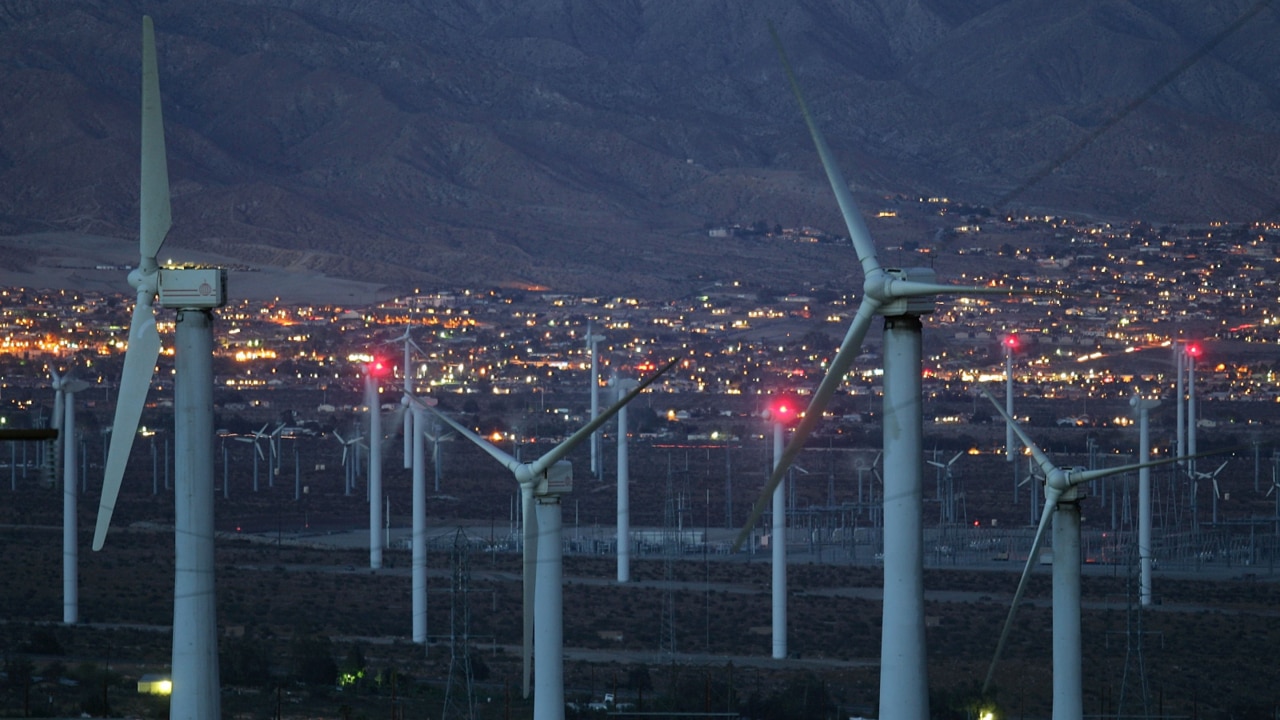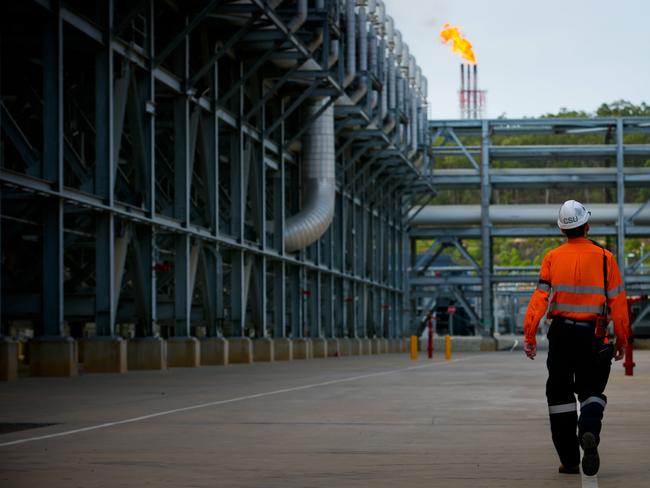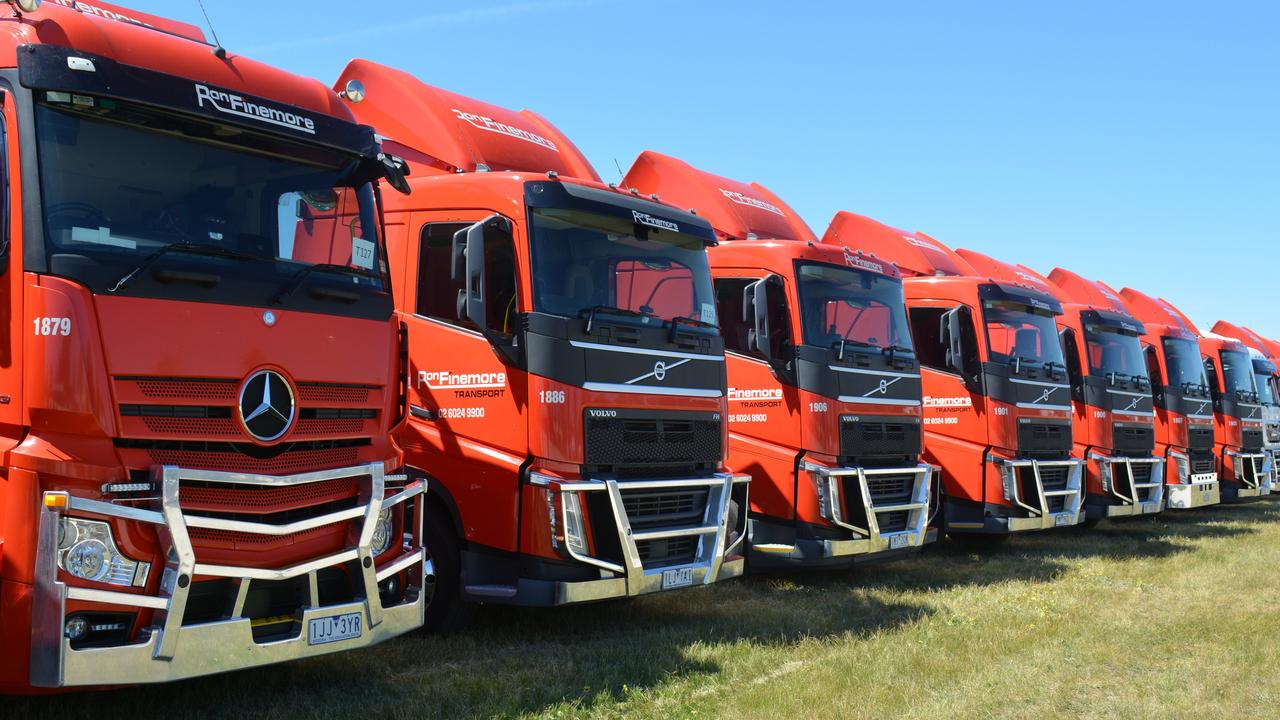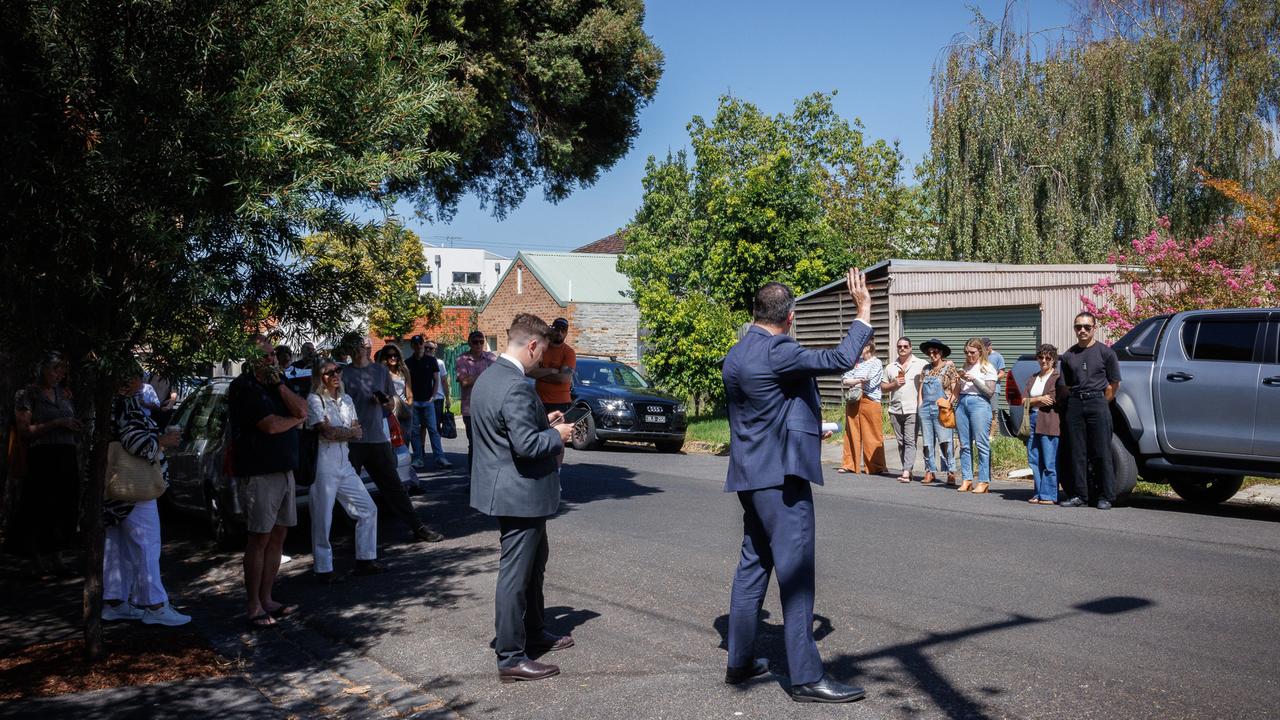Global heavyweights TotalEnergies and Petronas target Australia for renewable energy push
The global energy heavyweights will use renewable energy to help lower emissions from one of Australia’s largest LNG facilities.

French oil and gas giant, TotalEnergies and Gentari Renewables – the clean energy subsidy of the Malaysian energy behemoth, Petronas – will develop a solar farm in Queensland to lower emissions from one of Australia’s largest LNG facilities, after the two companies said they have partnered to develop a series of similar projects across the Asia Pacific region.
The deal broadens an arrangement already in place between TotalEnergies and Petronas as both rapidly increase their interest in renewable energy sources.
The first project will be the 100MW Pleasant Hills Solar Project in Queensland to supply renewable energy to the Roma field’s gas production and processing facilities, which feeds into the Gladstone LNG project. TotalEnergies and Petronas, each hold a 27.5 per cent stake in Gladstone LNG.
“The 100MW Pleasant Hills Solar Project, which will contribute to lowering the emissions of Gladstone LNG, is a first material implementation of this agreement,” said Julien Pouget, senior vice president at TotalEnergies.
Lowering emissions from Gladstone LNG, itself a major contributor to global emissions, is a boost to Australia’s own ambition of curtailing carbon dioxide. Australia has set a target of being net zero by 2050, a goal that will require a massive uptick in renewable energy generation capacity.
TotalEnergies and Petronas did not reveal potential further developments but The Australian understands the duo will focus on new solar developments.
Both TotalEnergies and Petronas have set aggressive targets to lower emissions, and both in an additional said they form a three-way partnership with Mitsui – one of the largest corporate groups in the world to explore a carbon storage project in Southeast Asia.
The trio said they are exploring sites in Malaysia in the aim of developing a CO2 storage service to decarbonise industrial customers in Asia.
Heavy emitters are under pressure to capture their carbon dioxide emissions, which would need to be stored. One solution is burying the

carbon dioxide underground and Malaysia is hoping to take a lead role in a potentially lucrative trade.
Australia is also looking at the growing market, with Resources Minister Madeline King soon to release a proposal for a new round of potential offshore sites to store carbon dioxide.
TotalEnergies with its partners INPEX and Woodside last year secured one of two licences granted by the federal Labor government to explore storing carbon dioxide off the north west coast of Australia
While TotalEnergies is moving aggressively to boost renewable energy generation, the French company earlier this year said it does not expect to see a significant reduction in its scope 3 emissions as it boosts gas production to ensure sufficient fuel reserves amid a global transition away from coal and oil.
Scope 3 includes all indirect emissions that occur as a consequence of the activities of a facility. For TotalEnergies scope 3 emissions from gas would include the emissions of a facility that uses the gas even though they are unlikely to own the manufacturing facility.
While TotalEnergies insists the world needs new gas, it has also moved to increase its spend on so-called low-carbon projects, TotalEnergies said it intends to spend US$5bn in 2023, up from the US$4 billion that it previously forecast.







To join the conversation, please log in. Don't have an account? Register
Join the conversation, you are commenting as Logout